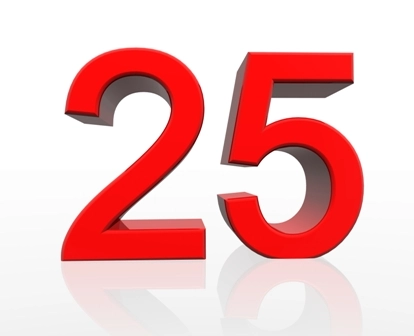Check Out These Modifier 25 Coding Scenarios

Cases paint pics of 2 common modifier 25 encounters. While individual cases vary, most modifier 25 (Significant, separately identifiable evaluation and management service by the same physician or other qualified health care professional on the same day of the procedure or other service) claims involve two general types of patient encounters: Same problem for E/M, procedure: In these instances, the provider performs an evaluation and management (E/M) service and a procedure for the same problem. These encounters often involve the same diagnosis, but that is not always the case. In these situations, you'll use modifier 25 to show that the E/M went above and beyond the normal pre- and postprocedure care associated with the procedure. Different problems for E/M, procedure: In these instances, the provider performs an E/M and a procedure that are for completely separate patient issues. These encounters usually involve different diagnoses for the E/M and the procedure, but that is not always the case. In these situations, you'll use modifier 25 to show that the provider performed the procedure and the E/M for significantly separate reasons. Check out these case studies for each of the above modifier 25 scenarios: Same problem for E/M, procedure: Consider this example from Catherine Brink, BS, CMM, CPC, president of Healthcare Resource Management in Spring Lake, New Jersey: A new patient reports to the clinic complaining of pain and swelling in his right shoulder. The physician performs an E/M service, which includes a detailed history and examination, along with moderate medical decision making (MDM). After the E/M, the clinician diagnoses bicipital tendinitis of the right shoulder, and performs an arthrocentesis joint injection to reduce the swelling. There is no evidence of ultrasound guidance. For this encounter, the clinician had to examine the patient before arriving at the tendinitis diagnosis and performing the injection. Provided you have notes that prove that the clinician needed to perform the E/M before deciding on the joint injection, you can report the following for the encounter: Different problems for E/M, procedure: Here's another example, in which the provider treats two different problems during the same encounter: Notes indicate that the provider performed a scheduled arthrocentesis joint injection for an established patient with bicipital right shoulder tendinitis. The provider performs the injection, and then the patient asks the provider to look at his left ankle, which has been hurting "for about a week." The provider performs an E/M to evaluate the ankle, which consists of an expanded problem focused history and exam, along with low-complexity medical decision making (MDM). The provider diagnoses left ankle pain for the E/M service after the injection. For this encounter, you'd report: Remember that on your modifier 25 claims "the physician must show, by documentation in the medical record, that on the day a procedure was performed, the patient's condition required a separately identifiable E/M service above and beyond the usual care associated with the procedure that was performed," reminds Mary I. Falbo, MBA, CPC, CEO of Millennium Healthcare Consulting, Inc. in Lansdale, Pennsylvania.




